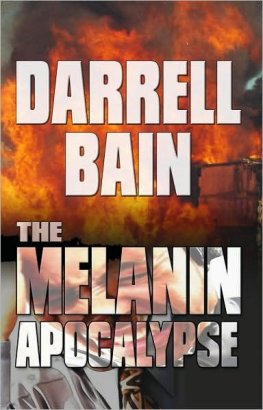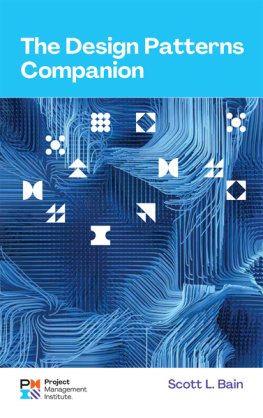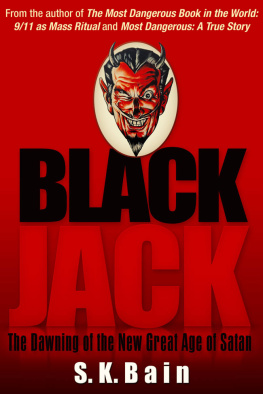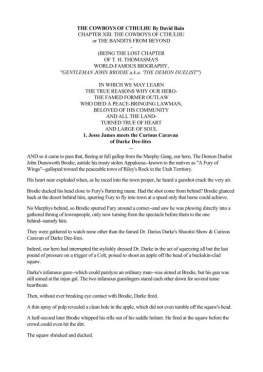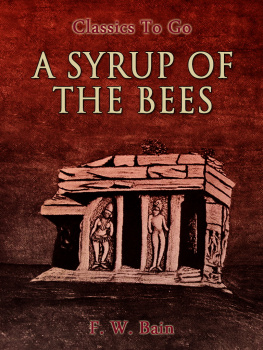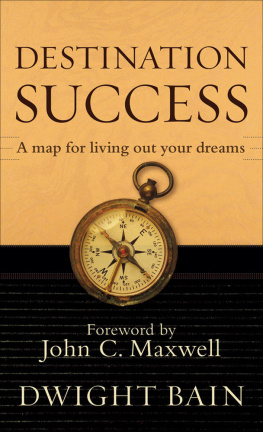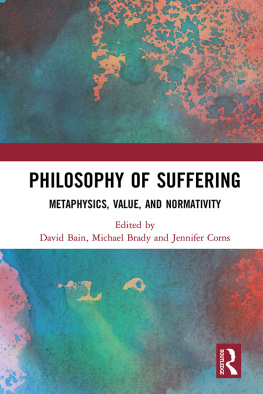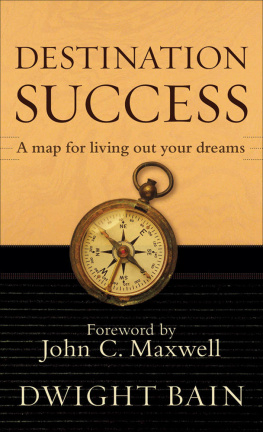
The Most Dangerous Book in the World
9/11 as Mass Ritual
By S.K. Bain
The Most Dangerous Book in the World 9/11 as Mass Ritual
Copyright 2012, 2013 S.K. Bain. All Rights Reserved.
Presentation Copyright 2012 Trine Day, LLC
Published by:
Trine Day LLC
PO Box 577
Walterville, OR 97489
1-800-556-2012
www.TrineDay.com
publisher@TrineDay.net
Library of Congress Control Number: 2012944885
Bain, S.K.
The Most Dangerous Book in the World 9/11 as Mass Ritual1st ed.
p. cm.
Includes references.
Epud (ISBN-13) 978-1-937584-19-1
Mobi (ISBN-13) 978-1-937584-18-4
Print (ISBN-13) 978-1-937584-17-7
1. September 11 Terrorist Attacks, 2001. 2. Psychological warfare -- United States -- History -- 21st century. 3. Occultism -- Political aspects
United States. 4. Secret societies -- United States. 5. Conspiracies -- United States. 6. Political corruption -- United States. I. Bain, S.K. II. Title
First Edition
10 9 8 7 6 5 4 3 2
Printed in the USA
Distribution to the Trade by:
Independent Publishers Group (IPG)
814 North Franklin Street
Chicago, Illinois 60610
312.337.0747
www.ipgbook.com
Prologue
Knock, Knock
I t was inevitable that this book would be written.
There is, among conspiracy afficionadoes, a kind of brotherhood. (I use the gender-specific term brotherhood deliberately.) It is a brotherhood buried alive. What does that mean?
Imagine a person buried alive. Imagine yourself. You are equal parts alive and dead. You are in your own tomb; you feel the sensations of mortality with a keenness you never did before. Death approaches. Or maybe it has already arrived and you just dont know it yet. Edgar Allen Poe wrote about it.
More importantly, such premature burial is an essential part of the Masonic initiation ceremony of the third degree. To be ritually and symbolically slain, buried, and raised again is a feature of many initiatory programs around the world, from Siberian shamanism to quaint nineteenth century English secret societies. It is a liminal event: you are on the threshold of living and dying, and in that sacred spot you can see in both directions.
Conspiracy theorists are kind of like that. They have one foot in the world of mainstream history and culture, what Robert Anton Wilson used to call consensus reality. Thats the world where most of us live. We are all products of that world, and of the ideas and worldview it represents. We are trained in this world virtually from birth: school, church, government, media all conspire to present an imagea pictureof reality that will result in the development of perfect citizens in an easily-managed society. There is a social contract: we contribute to this society with the expectation that we will receive goods and services in return. We obey the laws that are created by other people, believing that our best interests are being addressed thereby. We fight in wars declared by our governments in order to preserve our society: this carefully-structured, albeit artificial, society.
And all is right with the world.
But conspiracy theorists have their other foot well, somewhere else. Not everyone is asleep to the darker mechanisms of reality. In fact, everyone becomes aware of them at some point in their lives. Everyone questions. The very nature of reality itself is at times so hostile to human life that human institutions must be challenged for their inadequate protection of their constituents. Conspiracy theorists seize on this inadequacy as evidence of the tenuousness of consensus reality. There are other forces at work, forces that are unacknowledged by the state, the church, the media because to admit their existence is to admit failure. Thus, when things go wrong terrorists are blamed, or communists, or witches. This serves to rally the citizens around the government once again, instead of stopping to insist that explanations be given, that evidence is properly analyzed, that the guilty are apprehended and punished. And we once more go to war, against someone, somewhere.
Paranoia becomes institutionalized. It is appropriated by the government as its own prerogative. The state determines the nature and quality of the paranoia: it creates intelligence agencies whose sole purpose is to give a form to paranoia, to enshrine paranoia as one of the necessary qualities of an observant and caring state. To prove that paranoia is an acceptable characteristic of the paternalistic regime.
The citizens are not allowed to become paranoid unless it is at government direction and sanction. Individual cases of paranoia are frowned upon. The state tells us that if we are not paranoid the way it is paranoidand about the same thingsits because we dont have all the facts: about terrorism, fundamentalism, communism, foreign countries, weapons of mass destruction, sleeper cells. The state has all the facts: classified documents, wire-tap transcripts, intelligence feeds, high-altitude reconnaissance images, none of which the citizen is permitted to see.
It does not realize that the logical conclusion of all this paranoia is suspicion of the state apparatus itself.
What the conspiracy theorist often fails to realize, however, is that those working for the state are often just as clueless as the average citizen when it comes to the origin and function of the forces at work to subvert it. The strength of a conspiracy, after all, rests in the limited number of persons who are aware of its existence and parameters. No one has the entire picture. Each member of the state apparatus only has possession of a single piece of an enormous jigsaw puzzle. Putting together all these disparate piecesparticularly when one does not have the original picture to work fromis a soul-destroying enterprise that consumes decades of work and years of ones life. This is especially true when the state has in its arsenal of lies the techniques of disinformation and misdirection, of false testimony and planted documents.
Anyone who works with this material eventually comes to that realization. But the motivation to keep digging is still alive; the urge to uncover one more piece of the puzzle, one more document, is perhaps a central characteristic not only of the conspiracy theorist but of human nature itself. The more intelligent of the theorists soon come to realize that Hansel and Gretel have left breadcrumbs everywhere, in no discernible pattern. Thus, the inclination among some of the best to stop looking for the children and start looking for the Witch.
The deeper one delves into the conspiracy literature, the more one is struck by the tendency of some theorists to look beyond the documents and the tangible evidence of government malfeasance or political conspiracy to more transcendental sources of power. One begins with the government agents, the spies, the politicians, the military and soon gravitates towards the secret societies: the Freemasons and the Illuminati (among so many others). This involves studying their texts, their social structures, their stated goals, their secret conclaves, their antinomian beliefs and practices.
One comes face to face with the Occult.
A strange journey, indeed, from a presidential assassination to an interview with the Devil.
Yet, once one has made the leap from BU-Files and documents stamped LIMDIS and NOFORN to grimoires and magical diaries, it all seems to hang together for awhile. New sources of evidence become available. New testimony appears. Weird cults are seen linked to secret government machinations. George Washington was a Freemason. So was Simon Bolivar. And Gerald Ford. What does it mean?
Next page

